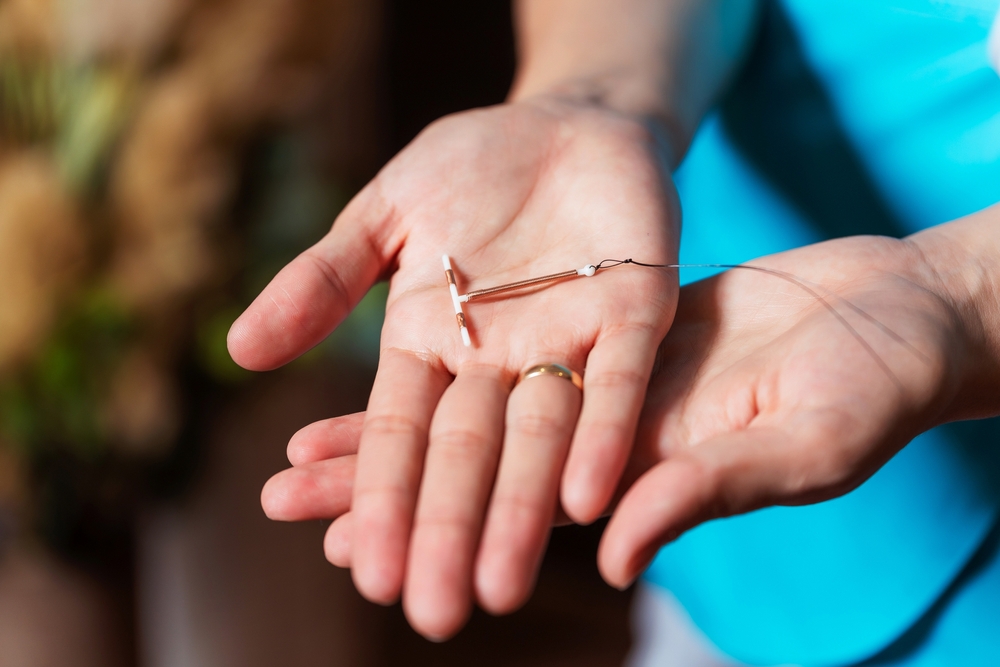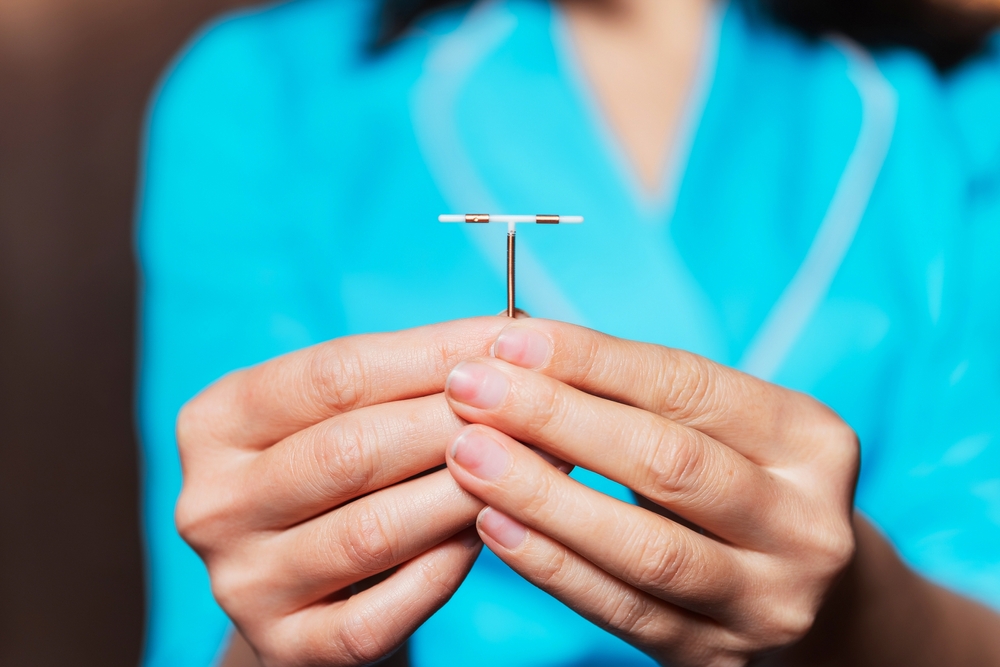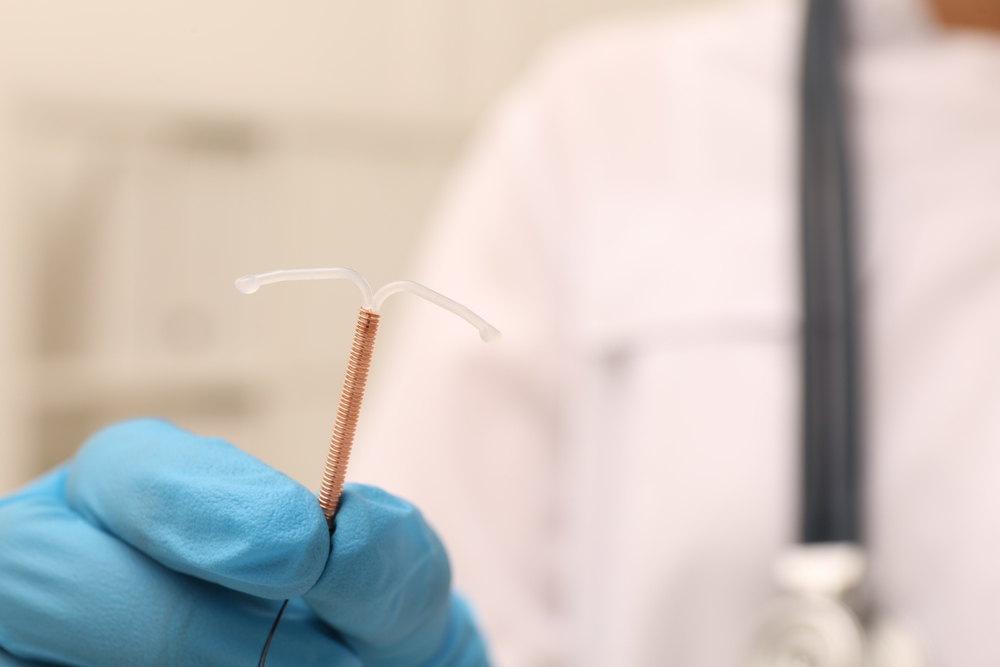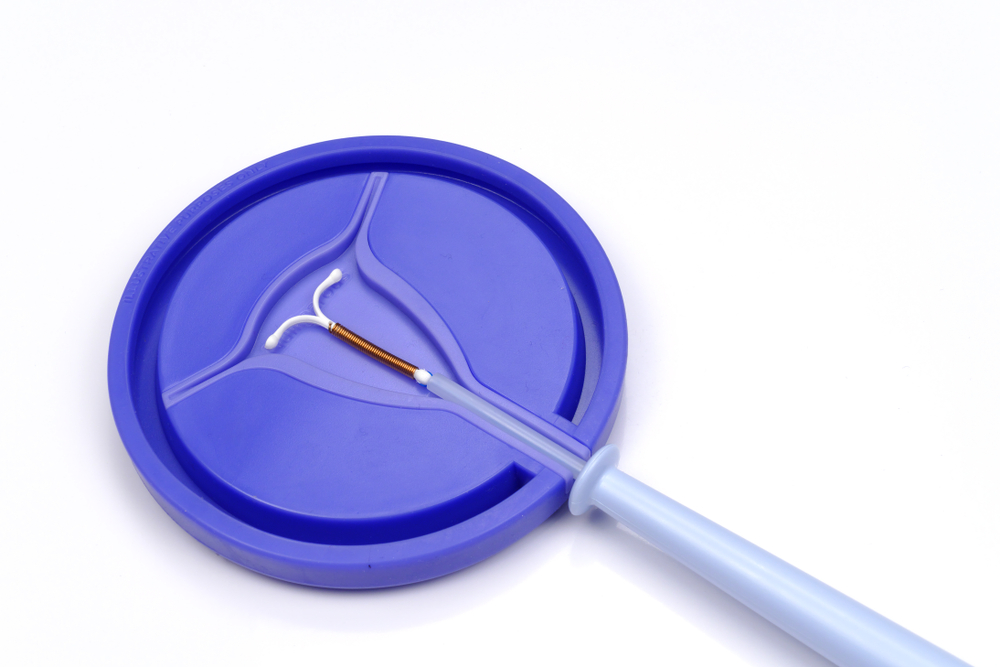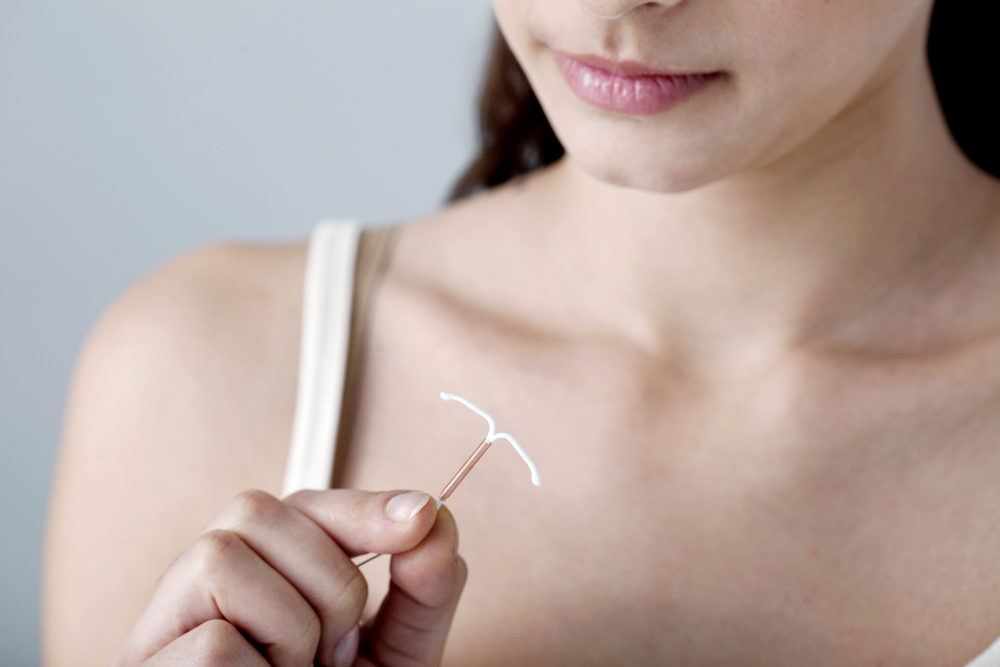What is Paragard – A Non-hormonal intrauterine device (IUD)
Paragard — formally known as Paragard T 380 — is a non-hormonal intrauterine device (IUD) that is inserted into the uterus to serve as a form of long-term birth control. Out of the five IUDs available in the U.S., Paragard is the only non-hormonal option.
Paragard has a t-shaped plastic frame with copper wire coiled around the device. The copper is intended to create an inflammatory reaction in sperm and ova. This helps prevent pregnancy by stopping sperm from fertilizing eggs and stopping fertilized eggs from attaching to the uterine wall.
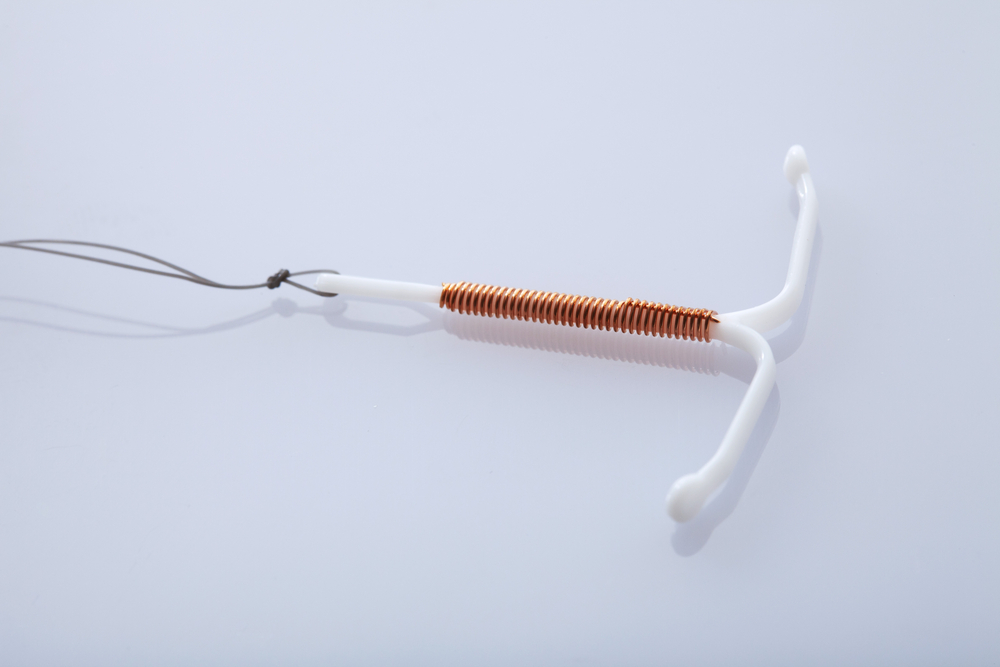
It also contains a thread the doctor ties on through the frame’s tip, designed to aid in the removal of the device when necessary.
Paragard was developed by the Population Council and Finishing Enterprises Inc. (FEI) in the 1970s. The U.S. Food and Drug Administration (FDA) first approved it in 1984. Originally, the FDA approved Paragard for four years of continuous use, but they changed that to six, then eight, then ten years over the following few decades.
Does Paragard Have Any Benefits?
There is widespread use of Paragard because it can offer a variety of benefits to women. Some of Paragard’s benefits include:
- No hormones: Paragard’s non-hormonal nature causes fewer side effects like headaches, nausea, and more serious issues such as blood clots.
- Effectiveness: Paragard is 99% effective at preventing pregnancy.
- Materials: The copper is toxic to sperm and ova, reducing pregnancy chances without the hormonal effects.
- Quick installation: Paragard can be installed quickly.
- Time: The FDA has approved Paragard for up to 10 years of continuous use.
- Emergency contraceptive use: Paragard can be used as a form of emergency contraception if inserted within five days following unprotected sex.
Paragard’s Complications
Despite the benefits that Paragard can offer, it can also lead to numerous minor and major complications. Your healthcare provider might recommend against Paragard if any of the following apply to you.
- You have a pelvic infection, such as pelvic inflammatory disease.
- You have cervical or uterine cancer.
- You have unexplained vaginal bleeding.
- You have a disorder, such as Wilson’s disease, that causes copper to accumulate in vital organs.
- You are allergic to any materials used in Paragard.
Additionally, keep in mind that no birth control is 100% effective. So there is still a risk of pregnancy if you use Paragard.
Paragard IUD Side Effects
Paragard IUD is not without side effects. In most cases, they are mild. However, some can be serious and even life-threatening.
Here are some minor potential Paragard IUD side effects:
- Anemia (low red blood cell levels)
- Backaches
- Dizziness, nausea, cramping, or pain after insertion
- Dysmenorrhea (painful periods caused by uterine contractions)
- Dyspareunia (painful intercourse)
- Spotting, bleeding, or period changes after Paragard insertion
- Vaginitis (Vaginal swelling or infection)
As mentioned, serious side effects are far less common — but they happen.
Here are some of the more serious Paragard IUD side effects:
- Actinomycosis
- Allergic reaction
- Ectopic pregnancy
- Sepsis
- Serious pelvic or uterine infections, such as pelvic inflammatory disease
- Uterine wall embedment (the device attaches itself to the uterine wall)
Breakage
Paragard is designed to be removed from a woman’s body at any time if necessary, like any other IUD. Additionally, it is supposed to remain intact throughout use and during removal.
However, there have been numerous occasions where Paragard IUDs broke during usage or upon removal. In many cases, the arms fail to bend, causing them to break off, and pieces are left inside the uterus.
As a result, several individuals who have used Paragard (or their spouses) have filed lawsuits due to the breakages.
Here are some injuries you could suffer if the Paragard IUD breaks or fractures:
- Chronic abdominal pain
- Infection
- Infertility
- Pelvic inflammatory disease
- Vaginal bleeding
Expulsion
It is possible to unintentionally expel a Paragard IUD from the uterus and not notice it. This can lead to unintended pregnancy.
Can You Sue An IUD Company?
In general, you may be able to sue an IUD company if the product does not work while you use the device as directed. Several cases have been filed against IUD manufacturers for various reasons.
Reasons to bring a case against an IUD company could include matters such as IUD injury or wrongful birth (the IUD fails to prevent pregnancy when used as directed). You can find out for sure by talking to an attorney, especially one specializing in wrongful birth or defective product law (depending on what the product failure was).
Have Paragard IUD Lawsuits Been Filed?
Currently, there are no class action lawsuits pertaining to Paragard injuries. However, many plaintiffs are filing Paragard IUD lawsuits, but they are working with their own individual attorneys.
One prominent example is a lawsuit brought forth by a North Carolina woman who had a Paragard device break upon removal. The lawsuit alleged that manufacturers knew of the breakage risk but didn’t sufficiently warn about it.
Suits alleging similar problems with breakages during removal have been filed over the last several years.
Because so many similar lawsuits have been filed across the country, the Judicial Panel on Multidistrict Litigation (MDL) decided to consolidate all Paragard lawsuits into the Northern District of Georgia. MDL has been used since the 1960s. It is used to combine large numbers of suits alleging the same problem across multiple districts. In doing so, the legal system can hopefully process these cases faster.
Has Paragard IUD Been Recalled?
Paragard has only been recalled once. In 2014, Teva Pharmaceuticals recalled some Paragard devices for “lack of assurance of sterility.” This means the product does not meet federal sterility guidelines and could lead to serious and even life-threatening infections.
Paragard has not been recalled for any other issues, such as breakages, despite lawsuits alleging breakages.
How Much Can You Get From a Paragard Lawsuit?
It’s hard to say exactly how much you can get from a Paragard lawsuit. Many of the existing suits are still pending in the legal system.
However, there have been other IUD lawsuits. For example, in 2018, pharmaceutical company Bayer paid out around $12.2 million to settle about 4,600 claims about its Mirena IUD.
You may be able to sue for a variety of types of damages:
- Loss of consortium
- Lost wages from missing work because of injuries
- Medical bills due to injury, including medical bills associated with therapy
- Pain and suffering
- Wrongful birth (if the device fails when used as intended)
What to Do If You’ve Been Injured By Paragard
If you or someone you know has been injured by Paragard, it’s important to take action right away. Problems with these devices can lead to serious consequences, including infertility. In addition, medical device manufacturers have an obligation to create safe products. When an unsafe design causes the product to malfunction, it can pose a grave threat to the patient’s health. Thus, patients can and should seek compensation.
Anyone who has experienced injuries or complications from Paragard IUDs should take the following steps:
- Speak to a doctor to figure out and undergo treatment/recovery
- Speak to an attorney to see if a lawsuit is possible
- Document everything and gather that documentation of anything relevant to the potential lawsuit
With that said, spend time evaluating each attorney you find in your search. Don’t hesitate to ask them as many questions as you need to decide on one.
Keep in mind that these lawsuits have statutes of limitation. If you wait too long, the statute of limitations can expire, and you won’t be able to seek compensation. So look for an attorney right away if you believe you have a case.











